Frequently Asked Questions:
- How many outfalls are there in Australia? In Australia there 194 coastal outfalls
- How much water do they discharge? Every year, Australian coastal outfalls dump enough water in our oceans to fill Sydney Harbor nearly three times
- What is the quality of the water discharged? Many of the outfalls dump poorly treated water into our oceans. The water contains pollutants include pathogens, microplastics and chemicals that are known to cause toxic red algae blooms along with other harmful impacts.
- What is a red tide? A red tide is a harmful red algal bloom which can be observed by a red discolouration of the ocean’s surface. The toxins produced by this bloom are capable of killing fish and other marine animals, and as they become airborne, can have respiratory effects on people nearby.
- How can we stop the red tide? The best way to reduce the occurrence of red tides is to upgrade water treatment plants to follow our National Outfall Strategy (NOUS) which ensures water treatment will be upgraded to a ‘Class A+’ level by 2030.
- What is Class A+ treatment? Class A+ treatment improves water quality so that it is safe for discharge into ocean outfalls, but also is suitable for non-potable use such as crop irrigation, toilet flushing and clothes washing. This is already in use in some of Australia's leading treatment plants.
- How much would these upgrades cost? It is estimated that these upgrades would cost $10 billion but create an overall net benefit of $30 billion.


